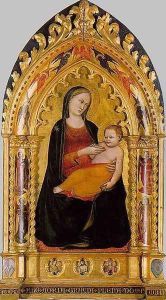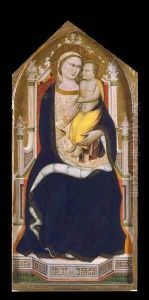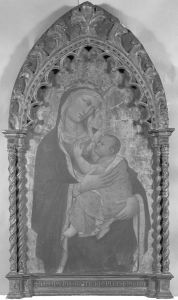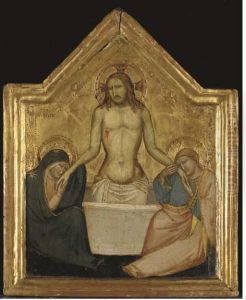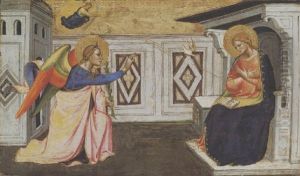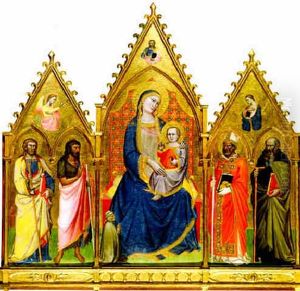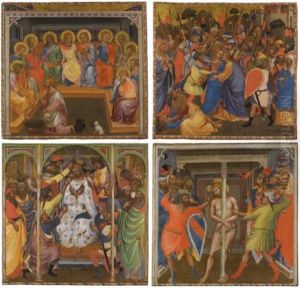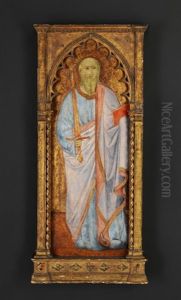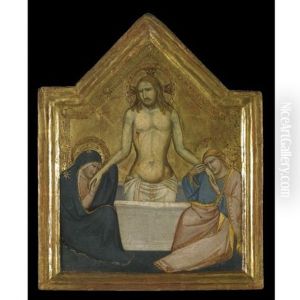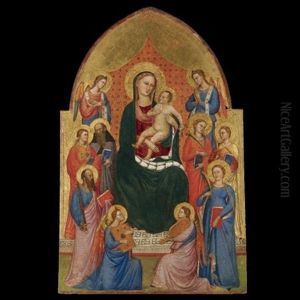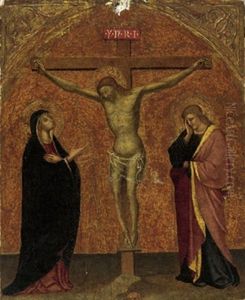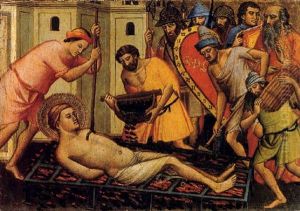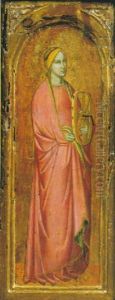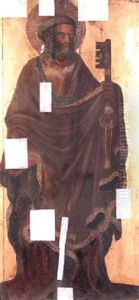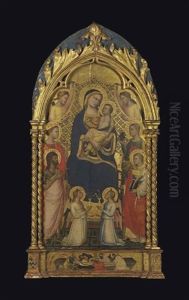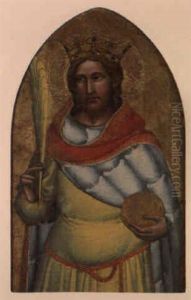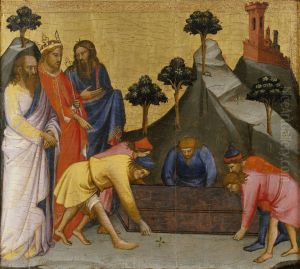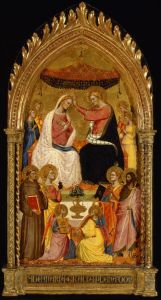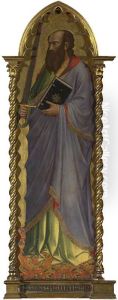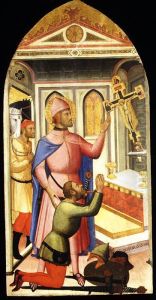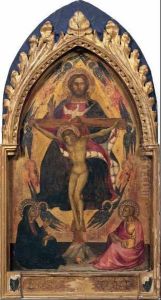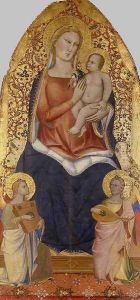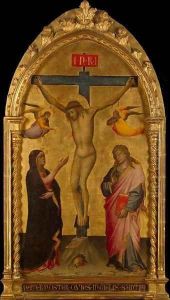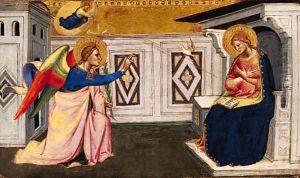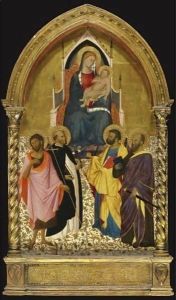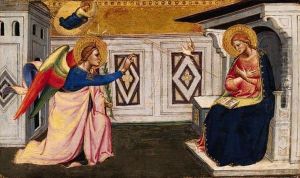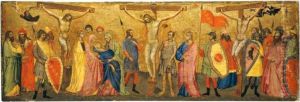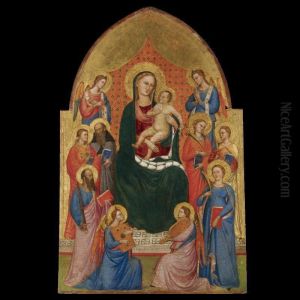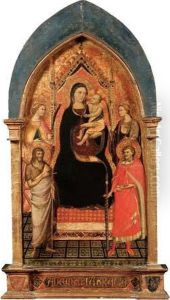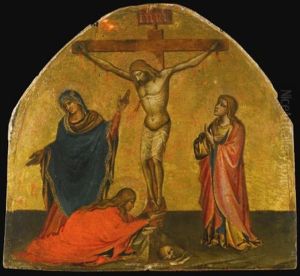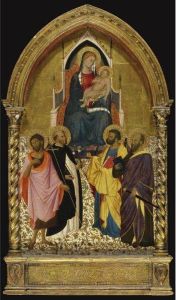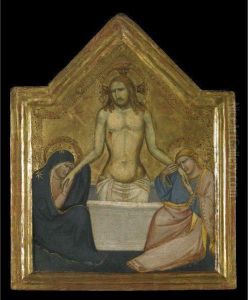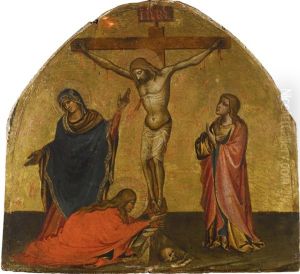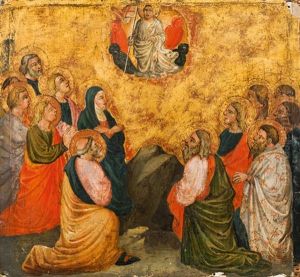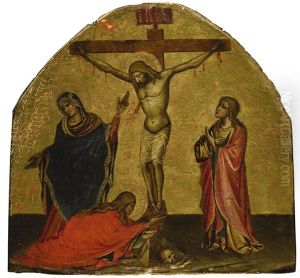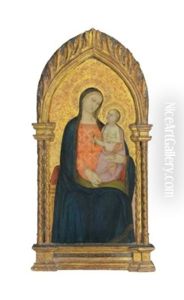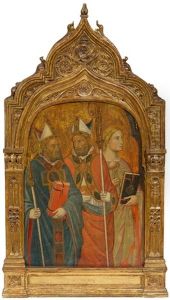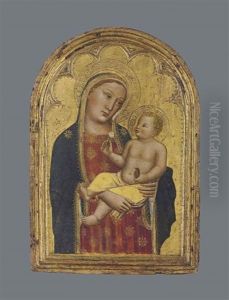Niccolo di Pietro Gerini Paintings
Niccolò di Pietro Gerini was a prominent Italian painter of the late Middle Ages, whose career spanned the late 14th and early 15th centuries, a period that marked the transition from Gothic to Renaissance art in Italy. Born around 1340, his life and work are notable for their reflection of the complex artistic and social transformations of his time.
Gerini's work is characterized by its vivid narrative detail and the use of bright, rich colors, which were typical of the Gothic style. However, his later works also show an awareness of the emerging Renaissance emphasis on perspective and volume, indicating his role in the transitional period of Italian art.
He was highly prolific and worked on a variety of commissions throughout his career, including frescoes, altarpieces, and panel paintings for churches and convents across Italy, particularly in Florence and its surrounding areas. His most famous works include the frescoes in the St. Dominic chapel in Santa Maria Novella, Florence, and the decoration of the Chapel of the Arte dei Giudici e Notai.
Gerini collaborated with several notable artists of his time, including Spinello Aretino, with whom he worked on the frescoes in the choir of the Santa Croce church in Florence. Despite their collaboration, Gerini's style remained distinct, with a preference for more traditional, decorative elements and an adherence to the Gothic linearity and elegance.
His contribution to Italian art is significant, as he bridged the gap between the medieval tradition of manuscript illumination and the new artistic horizons opened by the Renaissance. Gerini's legacy is that of a transitional figure, whose works reflect the stylistic shifts of his era and have provided valuable insights into the artistic and cultural milieu of late medieval Italy.
Gerini died in 1414, leaving behind a body of work that has continued to be studied and admired for its historical importance and artistic value. His paintings are preserved in several major museums and churches, serving as a testament to his skill and the rich artistic legacy of his time.
